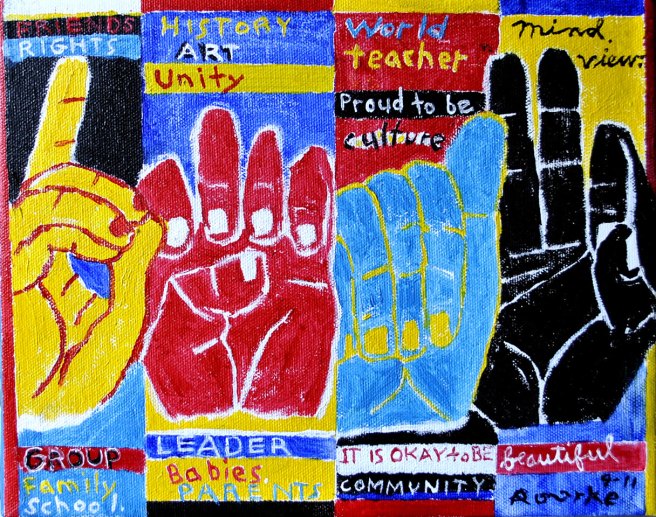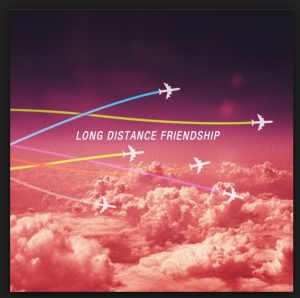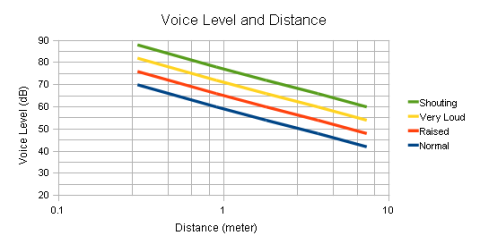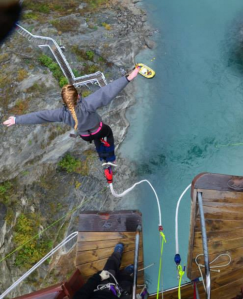The three main ideas that were used to model the subjects of this class were Belief, Information and Experience. There were many things that I learned about each one of these topics that I can better use in my writing. First, the idea of belief was displayed in the first project we did. This project consisted of taking the belief or worldview of another person and telling a narrative from their perspective. Working on this project was excruciatingly difficult for me because I have never been great at working with media, especially videos. Also, I hate the sound of my own voice, so it was difficult hearing it over and over again. While writing this video, I had to spend a great deal of time just thinking about the perspective I was taking and how I could display that to my listener in manner that came off as genuine and interesting without coming off as an impression. I had never really been asked to write like this before so that was a totally new experience. This project in particular taught me to be more thoughtful with my writing and to consider what my writing conveys to the audience and how what I say sounds to the outside perspective. Secondly, I explored the idea of information. While I had learned so much about licensing, what one must know to be an audiologist, and how many years of school I would need to go through, I never really thought about what it meant to have knowledge in this field or what it means to be an expert. I had to critically analyze my entire field of study. I had to look at where exactly the information that I would consider to be fact. For the longest time I simply would read a research article and consider it fact with out actually considering why. As I slowly found out why I considered these things facts, I began to learn more about where this information came from and where these trusted sources got their information from and what qualified them as experts in this field of study. I learned about how to look into my sources and how to determine what information is qualified to be considered within my field and which is not. Simply from researching where my information came from I was able to more easily validate my sources. In my writing in the future I will be able to more easily provide valid sources. Lastly, the final project of experience supplied me with the tools of how to explain experience through writing and media. It allowed me to explore the different facets of experience and the many ways of composing that in some way. It allowed me to be able to identify what important information may be missing in popular media and even within my own writing. This is extremely important in anything I write because it is important to think about what someone may assume about I write. Overall, this class allowed me to explore different facets of rhetoric in unique ways that I would have not otherwise been able to do.
Project 1
https://www.wevideo.com/hub/#exports
Project 2
http://whatsinaword.weebly.com
Project 3
http://graceb9306.wix.com/ayearinmylife








